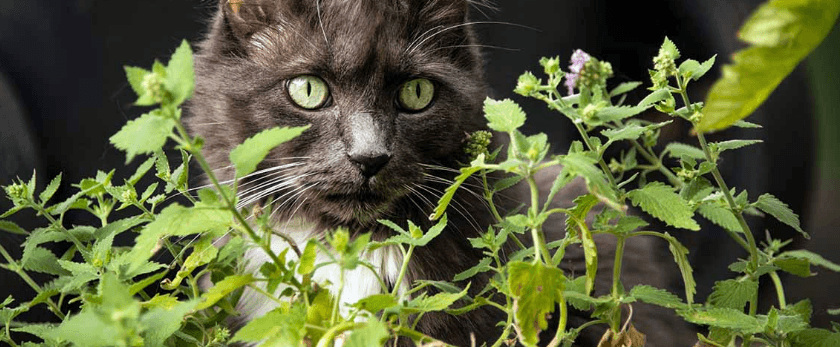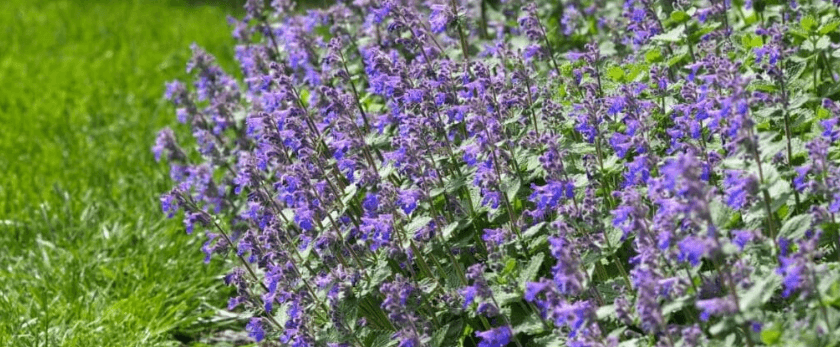Catnip, also known as catmint, is a perennial herb that is beloved by cats for its intoxicating effects. But did you know that it is also easy to grow in your own backyard? Not only is it a fun and interactive way to provide your feline friend with a fresh and sustainable source of catnip, but it also has many benefits for the environment. In this article, we will guide you through the process of growing your own catnip, from caring for the plant to common problems and the best time to grow.
Caring for Your Catnip Plant
Watering
Catnip plants require regular watering, especially during the hot summer months. However, it is important not to overwater them as they prefer well-drained soil. A good rule of thumb is to water the plant when the top inch of soil feels dry to the touch. During the winter, reduce watering to once a week.
Light
Catnip plants thrive in full sun, so make sure to plant them in a spot that receives at least 6 hours of sunlight per day. If you are growing catnip indoors, place it near a sunny window or use a grow light to provide sufficient light.
Soil
Catnip plants prefer well-drained, loamy soil with a pH level between 6.1 and 7.5. If your soil is too acidic, you can add lime to raise the pH level. If it is too alkaline, you can add sulfur to lower the pH level. It is also recommended to mix in some compost or organic matter to improve the soil's fertility.
Fertilizer
Catnip plants do not require much fertilizer, but you can use a balanced fertilizer once a month during the growing season to promote healthy growth. Avoid using high-nitrogen fertilizers as they can make the plant grow too quickly and become leggy.
Pruning
Pruning is an essential part of caring for your catnip plant. It helps to promote bushier growth and prevents the plant from becoming too tall and spindly. You can prune your catnip plant by cutting off the top 1/3 of the stems every 2-3 weeks. This will also encourage the plant to produce more leaves, which is where the essential oils that attract cats are found.
What is the Best Time to Grow Catnip?
The best time to grow catnip is in the spring, after the last frost has passed. This will give the plant enough time to establish itself before the hot summer months. If you live in a warmer climate, you can also plant catnip in the fall.

Common Problems with growing Catnip
While catnip is generally easy to grow, there are a few common problems that you may encounter.
Pests
Catnip plants are relatively pest-resistant, but they can still be susceptible to aphids, spider mites, and whiteflies. You can use natural methods such as spraying the plant with a mixture of water and dish soap to get rid of these pests. You can also introduce beneficial insects like ladybugs to your garden, as they feed on these pests.
Diseases
Catnip plants can also be affected by fungal diseases such as powdery mildew and root rot. To prevent these diseases, make sure to water the plant at the base and avoid getting the leaves wet. You can also use a fungicide if necessary.
Overcrowding
Catnip plants can spread quickly and become overcrowded if not pruned regularly. This can lead to poor air circulation and increase the risk of diseases. To prevent overcrowding, make sure to prune your catnip plant regularly and divide it every 2-3 years.
Responsible Disposal Methods
When it comes to disposing of your catnip plant, it is important to do so responsibly. Do not throw it in the trash or compost bin, as it can spread and become invasive in the wild. Instead, you can dry the leaves and use them as a natural insect repellent or donate them to a local animal shelter. You can also compost the plant in a controlled environment to prevent it from spreading.
Conclusion
Growing your own catnip is not only a fun and interactive way to provide your cat with a fresh and sustainable source of catnip, but it also has many benefits for the environment. By following the tips and guidelines in this article, you can successfully grow your own catnip and enjoy watching your cat go wild for it. Remember to care for your plant, prune it regularly, and dispose of it responsibly to ensure a healthy and sustainable future for both your cat and the environment.










